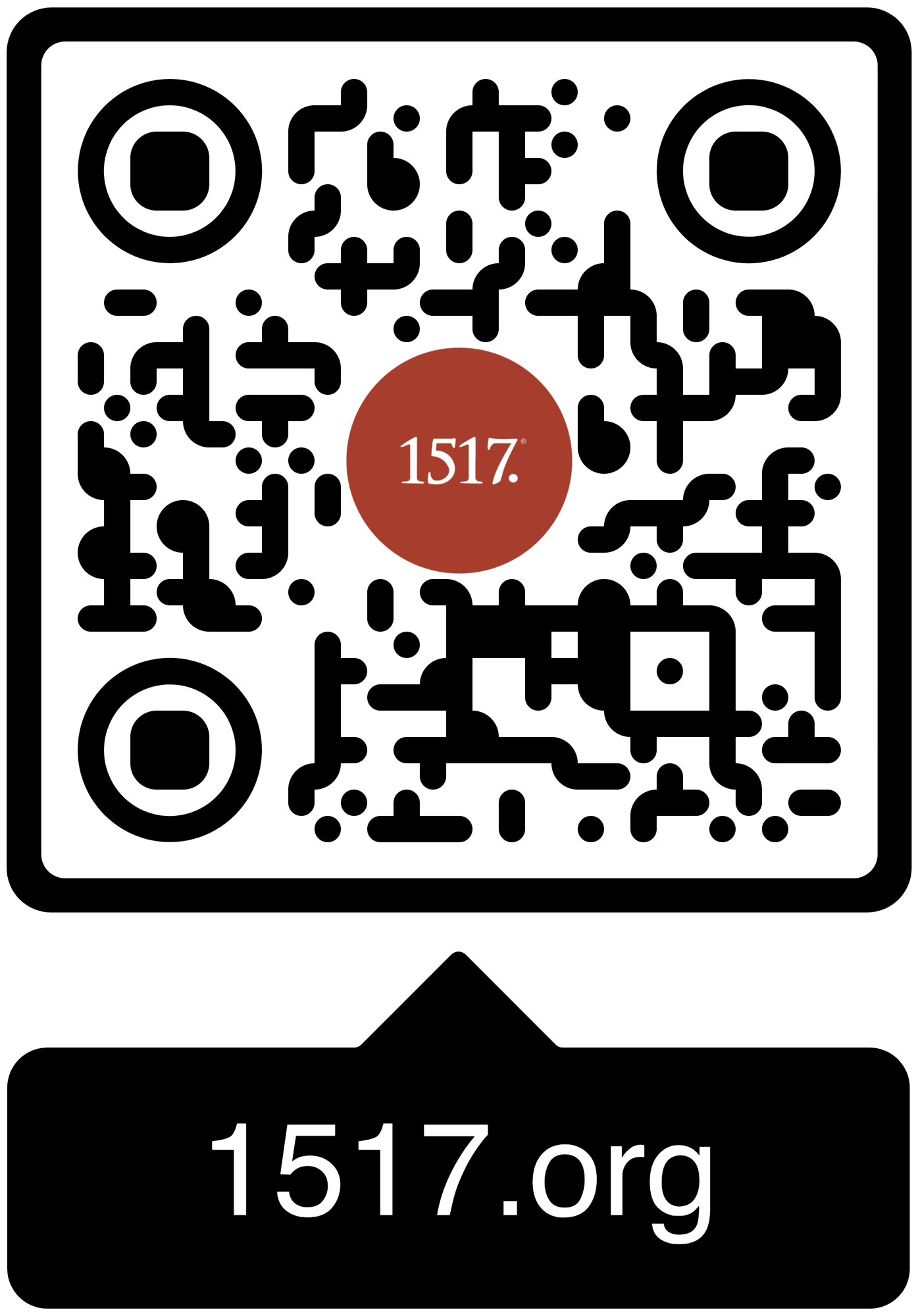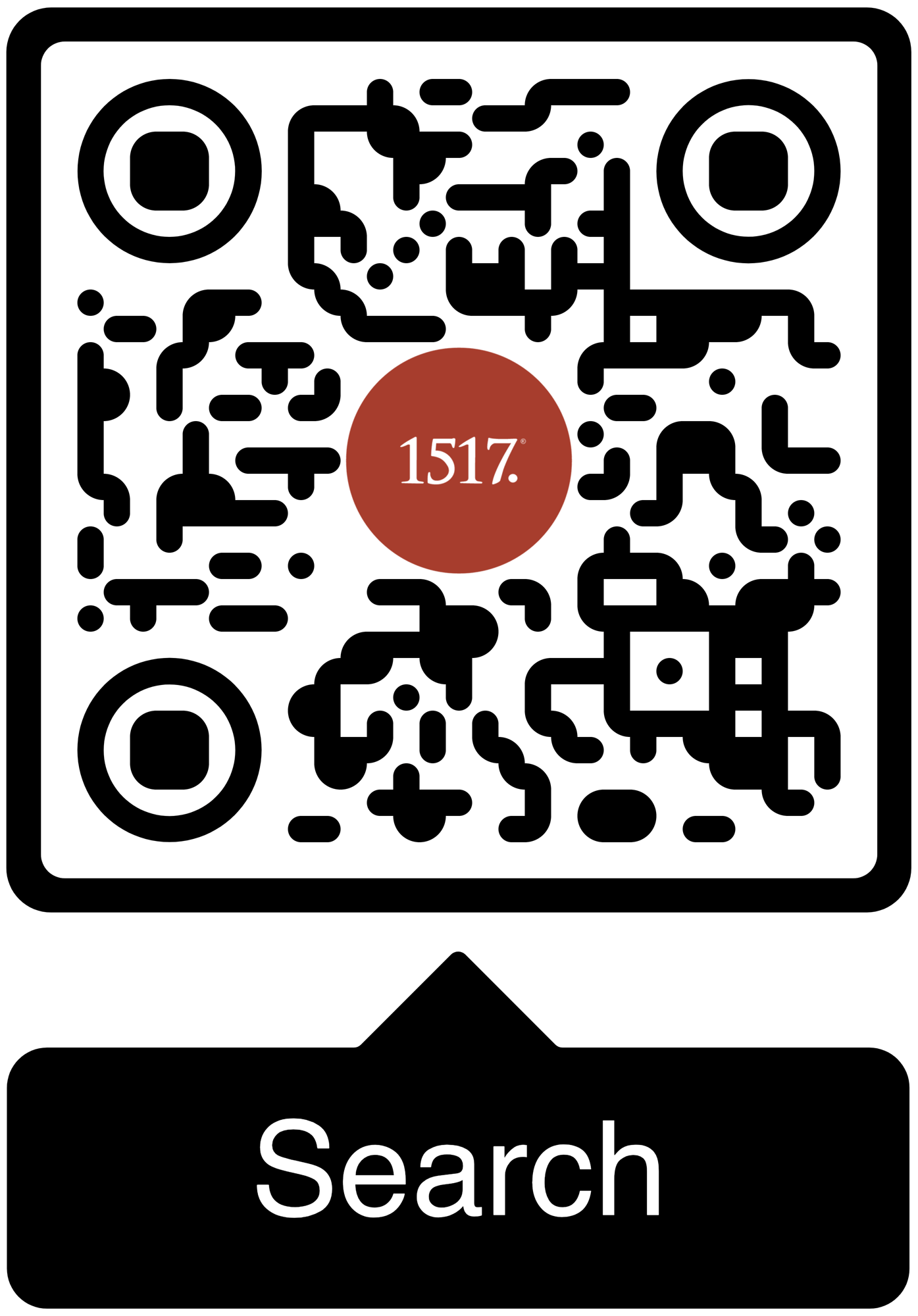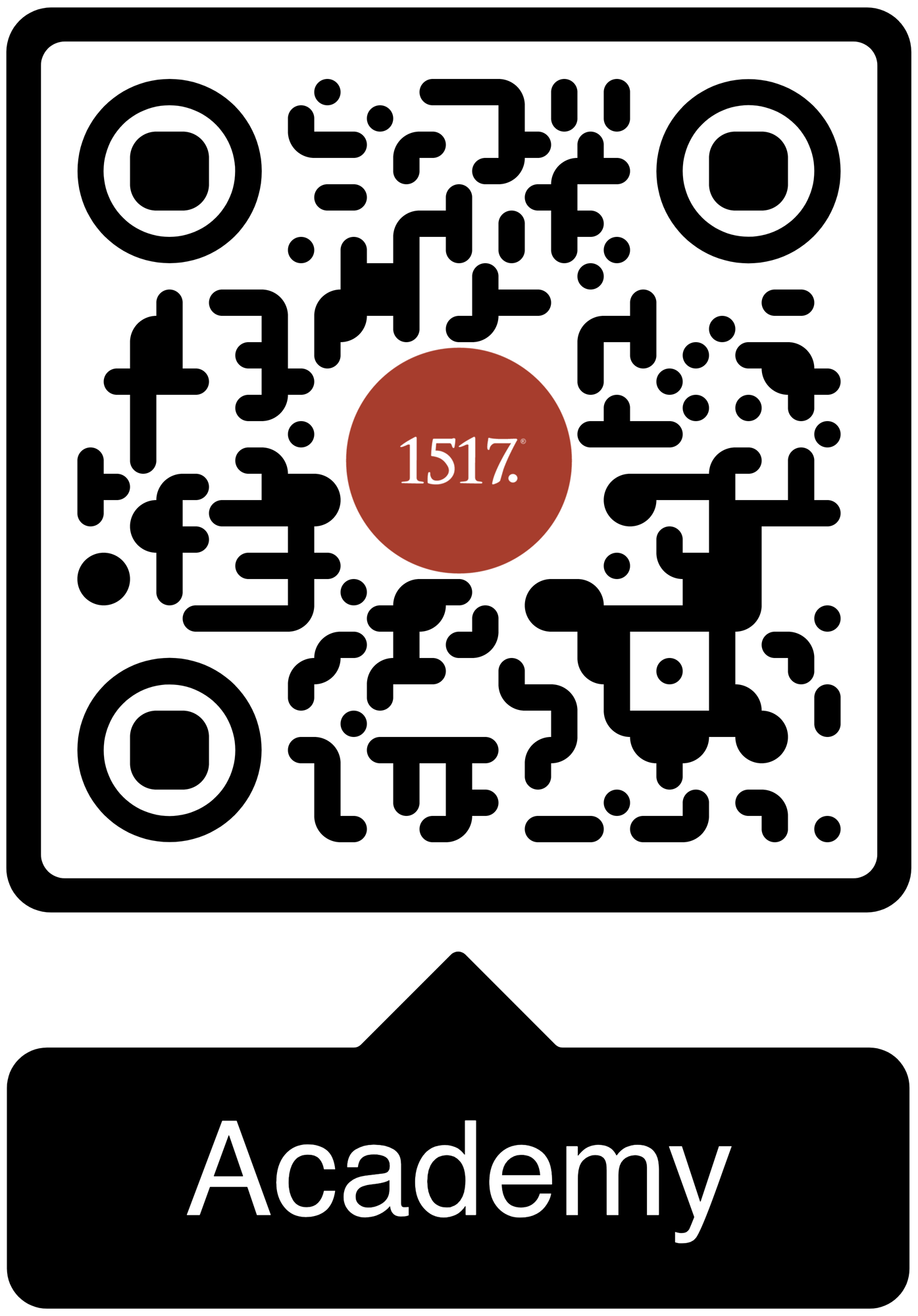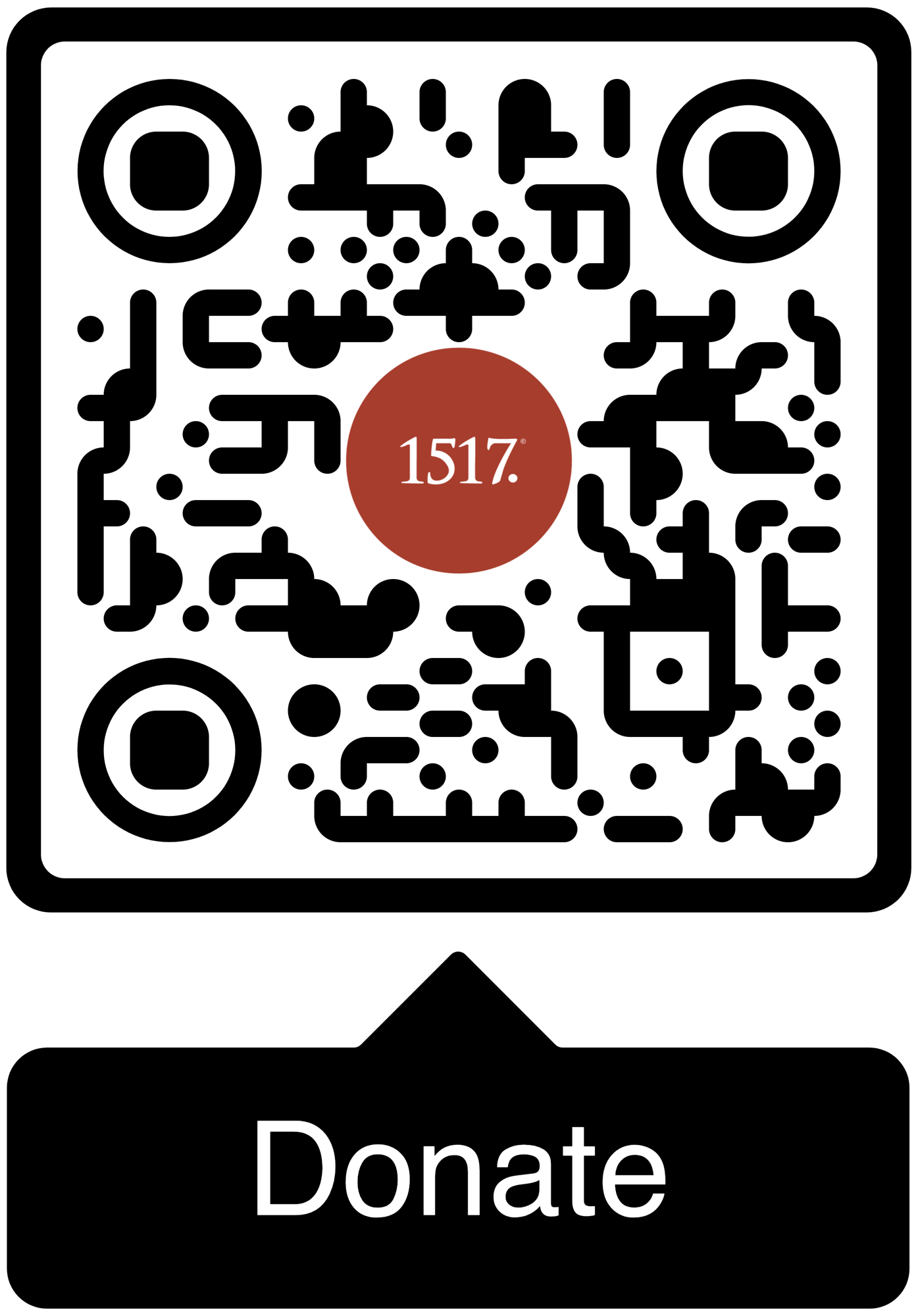On its journey from Byzantium to Constantinople to Istanbul, this special place helps us understand the broader arc of Christian history, which goes on until Christ's return.
On May 11, we commemorate the consecration of one of Christianity’s most significant cities – Constantinople. Or is it Istanbul? New Rome? Byzantium? This city has carried many names, but the one it held longest—Constantinople—was bestowed on May 11, 330 AD, when the city was consecrated as the new capital of the Roman Empire. From that point, it was on the path to becoming the largest Christian city in the world, and for over a thousand years, it served as a kind of weathervane for the Christian church in the East. Early on, the actions from Constantinople generated these winds as often as it reflected them. Inextricably tied to the fortunes of the Byzantine empire, Constantinople turned with the winds of Christian history for over a thousand years – until it could no longer withstand the gales of the Ottoman forces that scattered its glories to the four winds.
Long before it became Constantinople, this ancient city was known as Byzantium, a strategic settlement on the Bosporus that bridged Europe and Asia. To the east lay Asia Minor—modern-day Turkey—which the Romans conquered in the second century BC. As the gospel spread from Jerusalem to the ends of the earth, this region in the northeastern corner of the Mediterranean became fertile ground for the early church.
Byzantium's political star rose sharply when it was sacked and rebuilt at the end of the second century AD, giving it the chance to grow as an administrative center. Rome remained the official capitol, but the crisis of the third century—marked by civil wars, plague, economic collapse, and foreign invasions—made clear the need for structural change. Emperor Diocletian responded to these crises by creating the Tetrarchy, which divided the empire into eastern and western halves, each governed by an augustus and a subordinate caesar.
Out of this fractured system, Constantine emerged as the augustus of the West after the Battle of Milvian Bridge in 312. His subsequent consolidation of power—culminating in his defeat of Licinius in the east in 324—left him solely on top of a reunited Roman empire. Rather than continuing the fractured Tetrarchy, Constantine ruled alone as he looked eastward, choosing Byzantium as the empire's new capital.
This move was more than political—it was practical, too. Byzantium, renamed "New Rome," was a fresh start for a weary empire. It was better protected by geography, had access to vital trade routes, and lacked the centuries of baggage that burdened "old" Rome. For this fresh start, Constantine gave the city the derivative name, "New Rome." While lacking in creativity, this convention made his project easy enough to understand, and if anyone really missed it, the grand facades that were soon constructed put a fine point on the matter. It took six years to transform this imperial outpost into a magnificent capital, but once improved, Constantine saw fit to consecrate the city and rename it after himself, which he did on this day in 330.
The wind was at the church's back, and Constantinople stood as the banner flying high.
Just as the city was gaining power, so was the Christian church. Before Constantine, life for Christians oscillated between tolerance and persecution. The Edict of Milan in 313 marked the formal end to Diocletian's persecutions, the most severe of the empire, as Christians gained legal standing and religious freedom. Though it would not become the official state religion until 381, Constantine's patronage increased the church's status and influence beyond mere toleration. He built basilicas, convened councils, and fostered the pursuit of orthodoxy that we still observe today, most notably in the now 1,700-year-old Nicene Creed. The wind was at the church's back, and Constantinople stood as the banner flying high.
After Constantine's death, Constantinople remained the beating heart of the Christian East. Between 381 and 870, the city hosted four ecumenical councils – second only to the Lateran Palace in Rome in overall number. In the 530s, the famed Hagia Sofia was constructed, emerging from the ashes of previous basilicas to be a proper Cathedral for the Ecumenical Patriarch of Constantinople.
But like all weathervanes, it was bound to reflect a change in direction eventually. The growth and prestige of the sixth century were exchanged for controversy in the eighth and ninth centuries. Iconoclasm ripped through Constantinople, forcing the church to grapple with the use of religious icons. Across the empire, churches bore scars of the destruction of Byzantine icons and images. Ultimately, iconodules (supporters of iconography) won out, but this earned a condemnation from the West, which was now on the ascendancy with a Christian emperor of its own in Charlemagne and his new Holy Roman Empire.
The icy winds of division blew between East and West as the Filioque controversy was debated at the Fourth Council of Constantinople in 870. In 1054, a full-blown theological hurricane hit with the Great Schism, when Pope Leo IX's delegates hand-delivered a bull of excommunication to Patriarch Michael Cerularius in Constantinople. The split between the Western (Roman Catholic) and Eastern (Orthodox) churches was now official, and Constantinople, once a symbol of unity, became an outsider to its Western counterpart.
Still, necessity forced occasional cooperation. In 1095, Emperor Alexios I Komnenos requested help from the West against Turkish forces threatening the Holy Land, sparking the First Crusade. By the Third Crusade, Christians had at least won back most of what was lost in the Second Crusade. But, dissatisfied without Jerusalem, Pope Innocent III called for a fourth crusade that would send French knights, buoyed by Venetian ships and money, down to Egypt and up into Jerusalem. Instead of sailing for Egypt, through a series of unfortunate events, the Crusaders tripped and fell into sacking Constantinople, destroying the city and weakening the Byzantine empire beyond repair.
The city's churches were looted, and its relics scattered; the empire was fractured beyond repair. Indeed, for a few decades, it would be a Latin empire ruled by the Crusaders. From here on out, the fair winds at their backs would be strong headwinds. Though the Byzantines regained control in 1261, the city never fully recovered. Its population dwindled. As the papacy split in the West, the church preserved Orthodox tradition and theology amid political collapse, social decay, and external threats. The Black Death in 1347 struck with devastating effect. The empire was impoverished, ill-prepared to respond to crisis, and increasingly surrounded by a rising Ottoman power, but calls for aid fell on distracted Western ears.
On May 29, 1453, Constantinople fell to the Ottoman Turks under Mehmet II. The once-mighty hotspot of Christian activity now lay in ruins, home to only about 50,000 inhabitants. Its fall marked the end of the Byzantine Empire and the death of its formal Christian identity. This weathervane of the East still moved but in faint breezes rather than the strong gusts of its height. Under Ottoman rule, the city maintained its patriarchate, but its Islamic rulers imposed a new chapter in this city's story. Christians were subjugated to "jizya," a tax on non-Muslims in Muslim lands, but they were able to continue practicing their faith.
Keen to maintain its prestige, the Ottomans kept the name "Constantinople," which endured until 1930, when the newly formed Republic of Turkey, under Mustafa Atatürk, sought to modernize. Like Constantine before him, Atatürk gave the city a new name—Istanbul—symbolizing another fresh start.
And today? Istanbul remains a part of the modern Turkish state, and its Christian churches endure restrictions those of us in the West would balk at, but it perpetuates the great Orthodox traditions that began there when it was newly named “Constantinople.” On its journey from Byzantium to Constantinople to Istanbul, this special place helps us understand the broader arc of Christian history, which goes on until Christ's return. Through its triumphs and tragedies, Constantinople helps us see some of the church's greatest triumphs and painful tragedies, all tied to this unique site that blew onto the scene in early May 330 AD.





